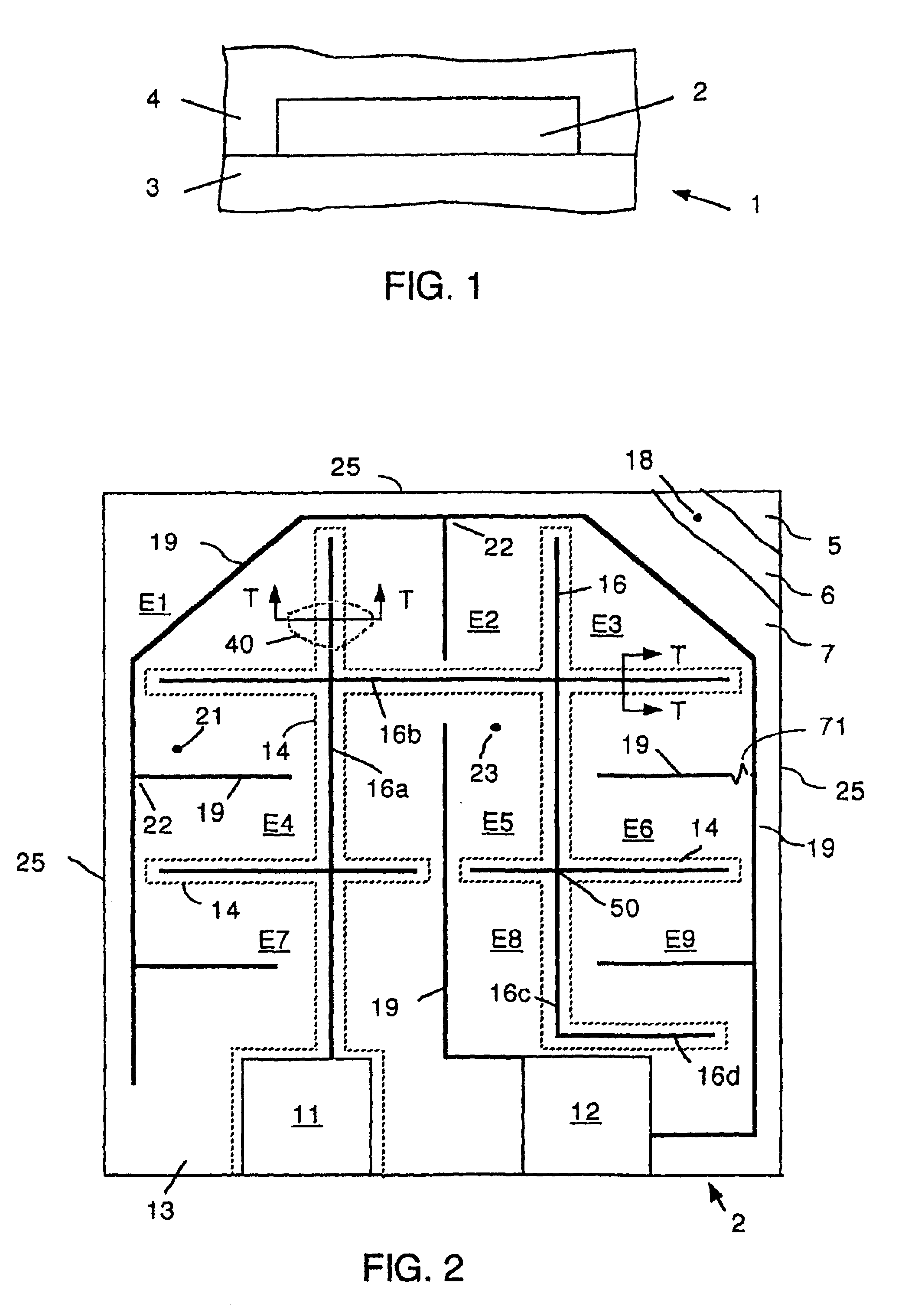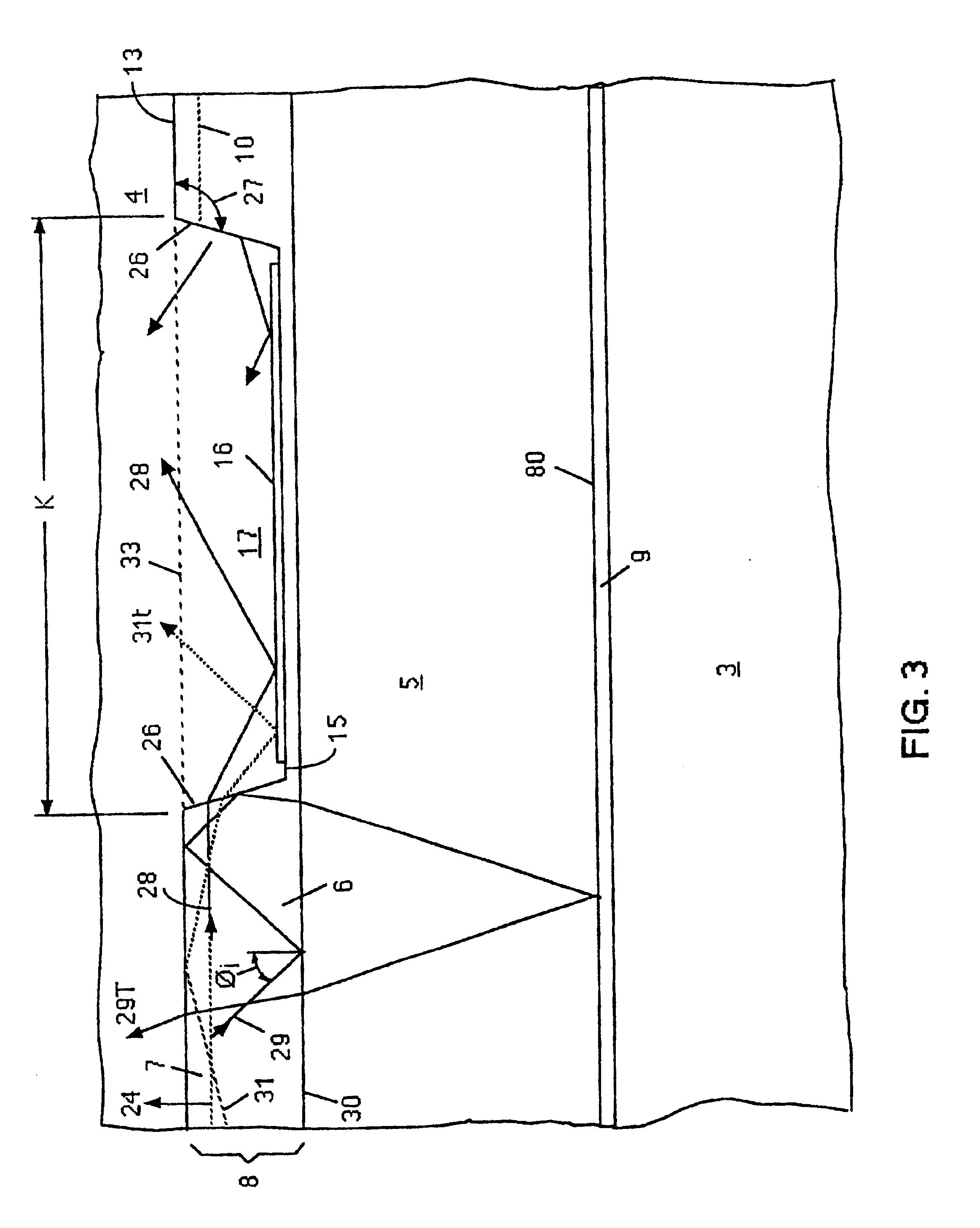High power led lamp
a high-power, led lamp technology, applied in the direction of electric discharge lamps, discharge tubes/lamp details, discharge tubes luminescnet screens, etc., can solve the problems of high cost of single-chip led lamps, disadvantages of using many led lamps to provide single led traffic lights, and inability to meet the need for a higher-power single-chip led lamp
- Summary
- Abstract
- Description
- Claims
- Application Information
AI Technical Summary
Benefits of technology
Problems solved by technology
Method used
Image
Examples
Embodiment Construction
In the present invention, "top light" means light that leaves an LED chip by passing through the top face of the chip. The "top face" of the chip means the face of the chip that is furthest away from the substrate of the chip. Cavity tops, side walls and floors are not considered to be part of the top face. "Lens" means a convergent lens. "Guided light" means light propagated by repeated reflections inside a light guide. "High-power LED lamp" means an LED lamp using an LED chip in which the input power rating of the chip exceeds 150 milliwatts.
FIGS. 1-3 illustrate an improved LED light source according to an embodiment of the invention. Light source 1 comprises an LED chip 2 mounted on a metal support 3 which may be part of a reflective bowl the floor of which acts as a heat sink. Over chip 2 there is a cover 4 of transparent dielectric material. FIG. 3 is a sectional view taken along T--T of a portion 40 of chip 2.
Chip 2 comprises a transparent base 5 over which is formed a layer 6...
PUM
 Login to View More
Login to View More Abstract
Description
Claims
Application Information
 Login to View More
Login to View More - R&D
- Intellectual Property
- Life Sciences
- Materials
- Tech Scout
- Unparalleled Data Quality
- Higher Quality Content
- 60% Fewer Hallucinations
Browse by: Latest US Patents, China's latest patents, Technical Efficacy Thesaurus, Application Domain, Technology Topic, Popular Technical Reports.
© 2025 PatSnap. All rights reserved.Legal|Privacy policy|Modern Slavery Act Transparency Statement|Sitemap|About US| Contact US: help@patsnap.com



